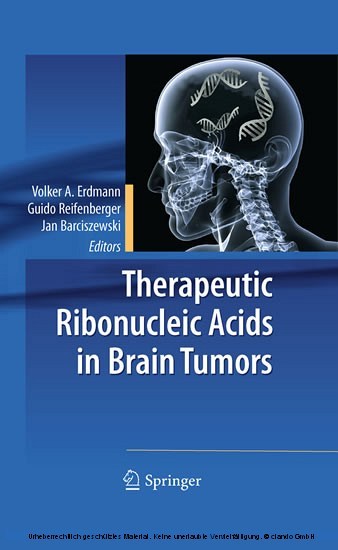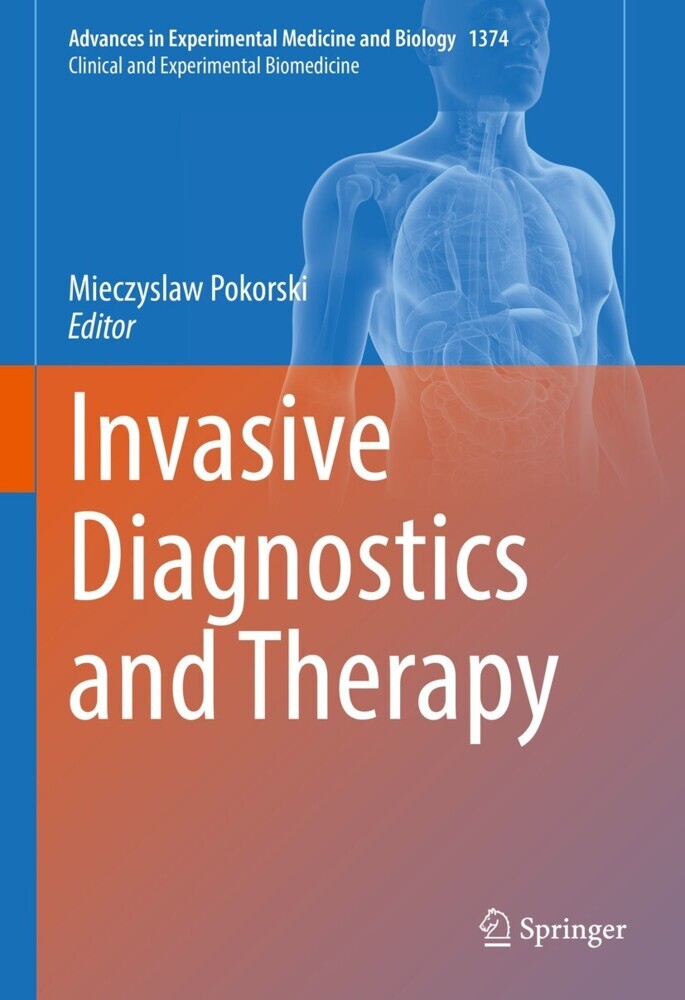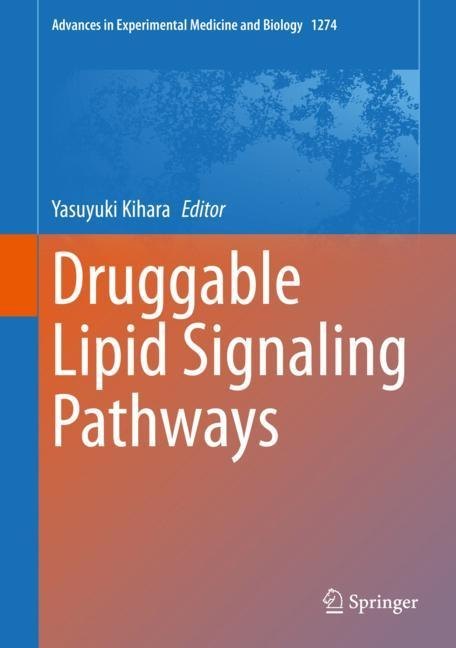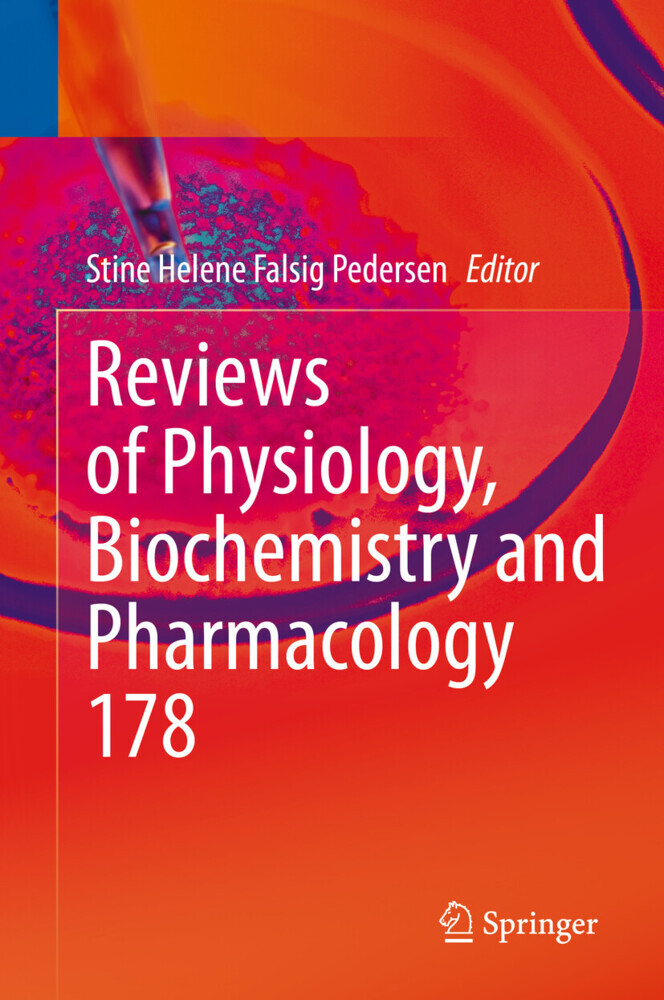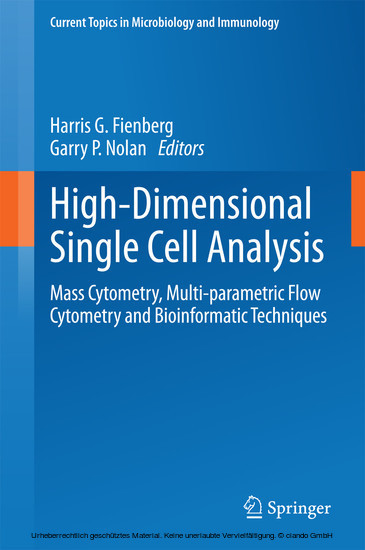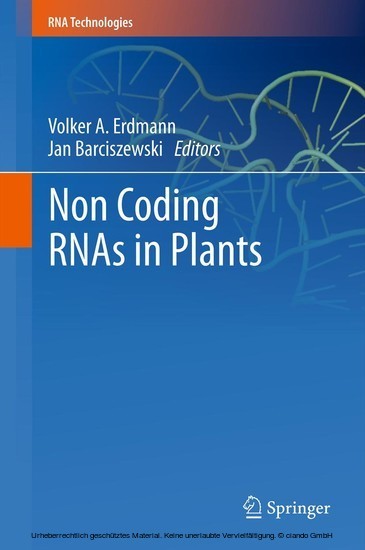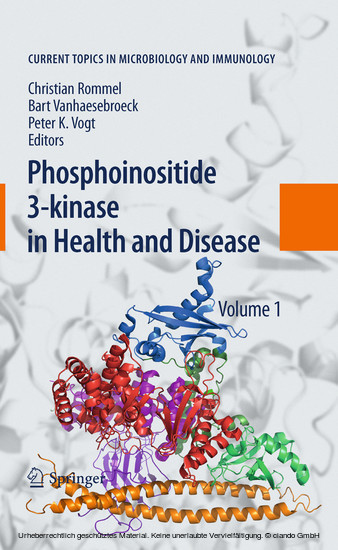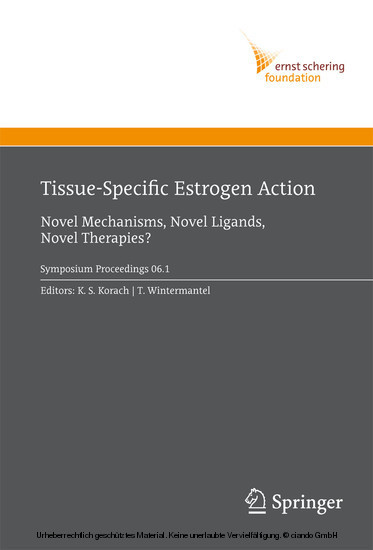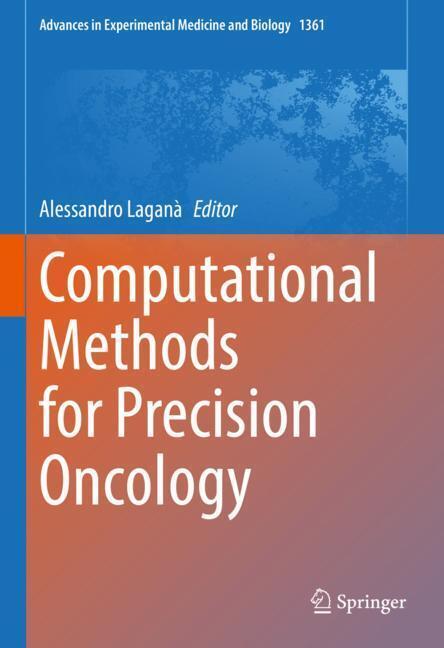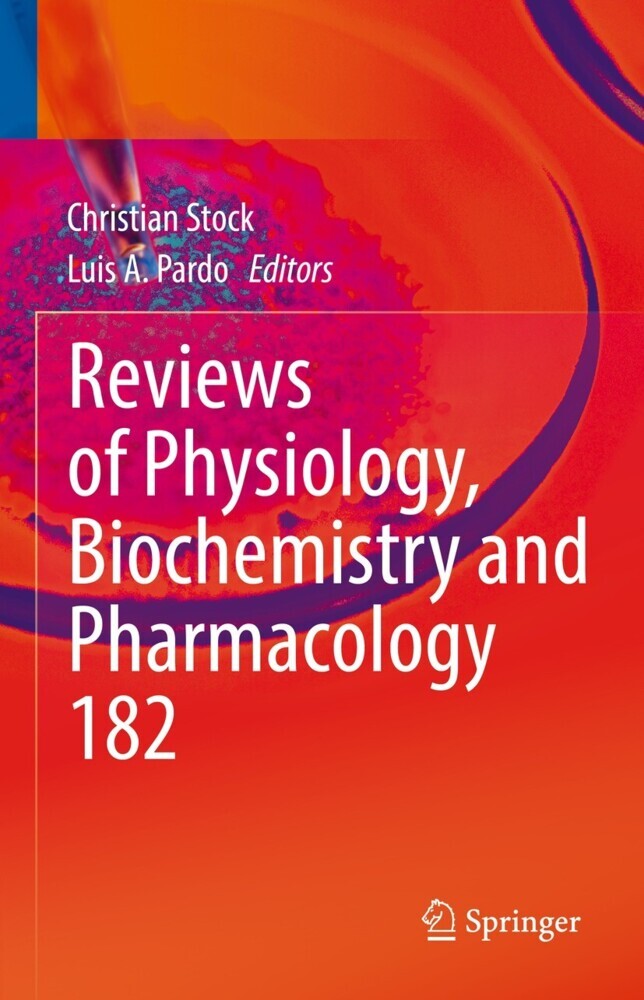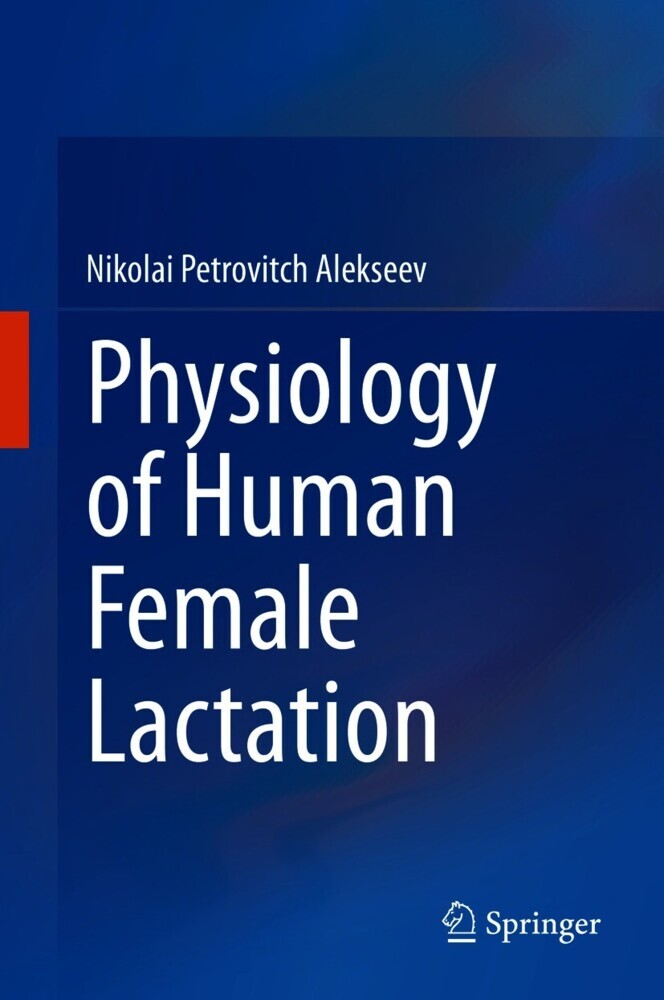Therapeutic Ribonucleic Acids in Brain Tumors
Therapeutic Ribonucleic Acids in Brain Tumors
In the past few years nucleic acids technologies have grown into a powerful analytical and also increasingly therapeutic tool. It has been applied not only to the uncovering of gene functions in many organisms, but also to pathogenetic analysis and recently also for the treatment of human diseases. The book discusses in depth the potential of these innovative methods in the broad field of central nervous system and brain tumours particularly. Whereas there is currently no comprehensive overview on potential and challenges of nucleic acids technologies for basic brain tumours and for the clinical management of patients with brain tumours, this book does explicitly cover the many other aspects of the 'RNA World' (pathogenic and therapeutic potential of microRNAs, aptamer technology, etc.), too. With this significantly broadened scope as compared to currently existing books it appears to be an urgently needed new publication.
1;Therapeutic Ribonucleic Acids in Brain Tumors;2 1.1;Preface;5 1.2;Contents;9 1.3;Contributors;11 1.4;Molecular Biology of Malignant Gliomas;17 1.4.1;1 Introduction;18 1.4.2;2 Altered Pathways Involved in Human Gliomas;19 1.4.2.1;2.1 pRb/E2F Axis in Human Gliomas;19 1.4.2.2;2.2 P53/MDM2/p14-ARF;20 1.4.2.3;2.3 PI3K/PTEN/Akt/PKB;25 1.4.2.4;2.4 EGFR;25 1.4.2.5;2.5 PDGF and PDGFR;27 1.4.2.6;2.6 VEGFR;27 1.4.2.7;2.7 K-Ras/Raf/MAPK;27 1.4.3;3 Lessons from Microarray Studies;28 1.4.4;4 Glioma Stem-Like Cells;33 1.4.5;5 Challenges for Therapies;35 1.4.6;References;35 1.5;Molecular Neurooncology and Neoangiogenesis of Malignant Gliomas;39 1.5.1;1 Molecular Pathways in Malignant Gliomas;41 1.5.1.1;1.1 Genetic Pathways of Primary (De Novo) and Secondary Glioblastomas;42 1.5.1.2;1.2 Major Signaling Pathways Regulating Tumor Growth;46 1.5.1.2.1;1.2.1 EGF/EGFR Signaling Pathway;46 1.5.1.2.2;1.2.2 PDGF/PDGFR Signaling Pathway;48 1.5.1.2.3;1.2.3 TGF/TGF-R Signaling Pathway;48 1.5.1.2.4;1.2.4 FGF/FGFR Signaling Pathway;50 1.5.1.2.5;1.2.5 IGF/IGFR Signaling Pathway;50 1.5.1.2.6;1.2.6 Gas6/Axl Signaling Pathway;50 1.5.1.3;1.3 Major Signaling Pathways Regulating Tumor-Angiogenesis;51 1.5.1.3.1;1.3.1 VEGF/VEGFR Signaling Pathway;51 1.5.1.3.2;1.3.2 Angiopoietins;53 1.5.1.3.3;1.3.3 Integrins;53 1.5.1.4;1.4 Major Intracellular Signal Transduction Pathways;54 1.5.1.4.1;1.4.1 Ras Signal Transduction;54 1.5.1.4.2;1.4.2 PI3K/Akt/PTEN/mTOR Signaling Pathway;54 1.5.2;2 Neoangiogenesis in Malignant Gliomas;55 1.5.2.1;2.1 Cellular Mechanisms;56 1.5.2.2;2.2 Molecular Mechanisms;56 1.5.2.3;2.3 Structural Abnormalities of Brain Tumor Blood Vessels and Blood Brain Barrier;58 1.5.2.4;2.4 Tumor Edema in Malignant Gliomas;60 1.5.2.4.1;Attendum;60 1.5.2.4.1.1;Growth Factor Receptors;60 1.5.2.4.1.2;Ras-GDP Pathway;60 1.5.2.4.1.3;PI3K Pathway;61 1.5.3;References;62 1.6;Molecular Therapies for Malignant Gliomas;72 1.6.1;1 Principles of Molecular Targeted Therapies;74 1.6.1.1;1.1 Monoclonal Antibodies;74 1.6.1.2;1.2 Small Molecule Inhibitors;75 1.6.1.3;1.3 Antisense Oligodeoxy-Nucleotides;75 1.6.1.4;1.4 Obstacles to Successful Targeted Therapyof Malignant Gliomas;76 1.6.2;2 Preclinical and Clinical Studies of Molecular Therapies in Malignant Gliomas;77 1.6.2.1;2.1 Targeting Receptor Tyrosine Kinase Signaling Pathways;77 1.6.2.1.1;2.1.1 Targeting the PDGF/PDGFR Signaling Pathway;77 1.6.2.1.2;2.1.2 Targeting the EGF/EGFR Signaling Pathway;83 1.6.2.1.3;2.1.3 Targeting the FGF/FGFR Signaling Pathway;84 1.6.2.1.4;2.1.4 Targeting the IGF/IGFR Signaling Pathway;84 1.6.2.1.5;2.1.5 Targeting Intracellular Signaling Pathways;84 1.6.2.2;2.2 Multitargeting Small Molecule Inhibitors;85 1.6.2.3;2.3 Antiangiogenic Treatment in Malignant Gliomas;88 1.6.2.3.1;2.3.1 Antiangiogenic Treatment Regimes Used in Malignant Gliomas;89 1.6.2.3.2;2.3.2 Effects of Antiangiogenic Treatment on Brain Tumor Edema;90 1.6.2.3.3;2.3.3 Evaluation of Brain Tumor Response to AntiangiogenicTherapy Approaches;90 1.6.2.3.4;2.3.4 Potential CNS Toxicity of Antiangiogenic Agents;92 1.6.2.4;2.4 Targeting TGF-Beta: Antisense Oligodeoxynucleotide Therapy Approaches of Malignant Gliomas;92 1.6.3;3 Conclusions and Future Directions;93 1.6.4;References;94 1.7;Novel Strategies for the Treatment of Brain Cancer;100 1.7.1;1 Introduction;101 1.7.2;2 Current Management of GBM;101 1.7.3;3 Molecular Pathomechanism of GBM as the Basis for Innovative Treatments;101 1.7.3.1;3.1 Signaling Pathways in GBM as Therapeutic Targets;102 1.7.3.2;3.2 Cancer Stem Cells and GBM;102 1.7.4;4 Innovative Strategies for the Treatment of GBM;103 1.7.4.1;4.1 Antiangiogenesis Approaches for Treatment of GBM;103 1.7.4.2;4.2 Innovations in Drug Delivery to GBM;107 1.7.4.2.1;4.2.1 Anticancer Agents with Increased Penetrationof Blood-Brain Tumor Barrier;107 1.7.4.2.2;4.2.2 Local Delivery of Chemotherapeutic Agents into the Tumor;108 1.7.4.2.3;4.2.3 Convection-Enhanced Delivery;109 1.7.4.2.4;4.2.4 Liposomes for Drug Delivery to GBM;109 1.7.4.2.5;4.2.5
Erdmann, Volker A.
Reifenberger, Guido
Barciszewski, Jan
| ISBN | 9783642004759 |
|---|---|
| Artikelnummer | 9783642004759 |
| Medientyp | E-Book - PDF |
| Auflage | 2. Aufl. |
| Copyrightjahr | 2009 |
| Verlag | Springer-Verlag |
| Umfang | 494 Seiten |
| Sprache | Englisch |
| Kopierschutz | Digitales Wasserzeichen |

